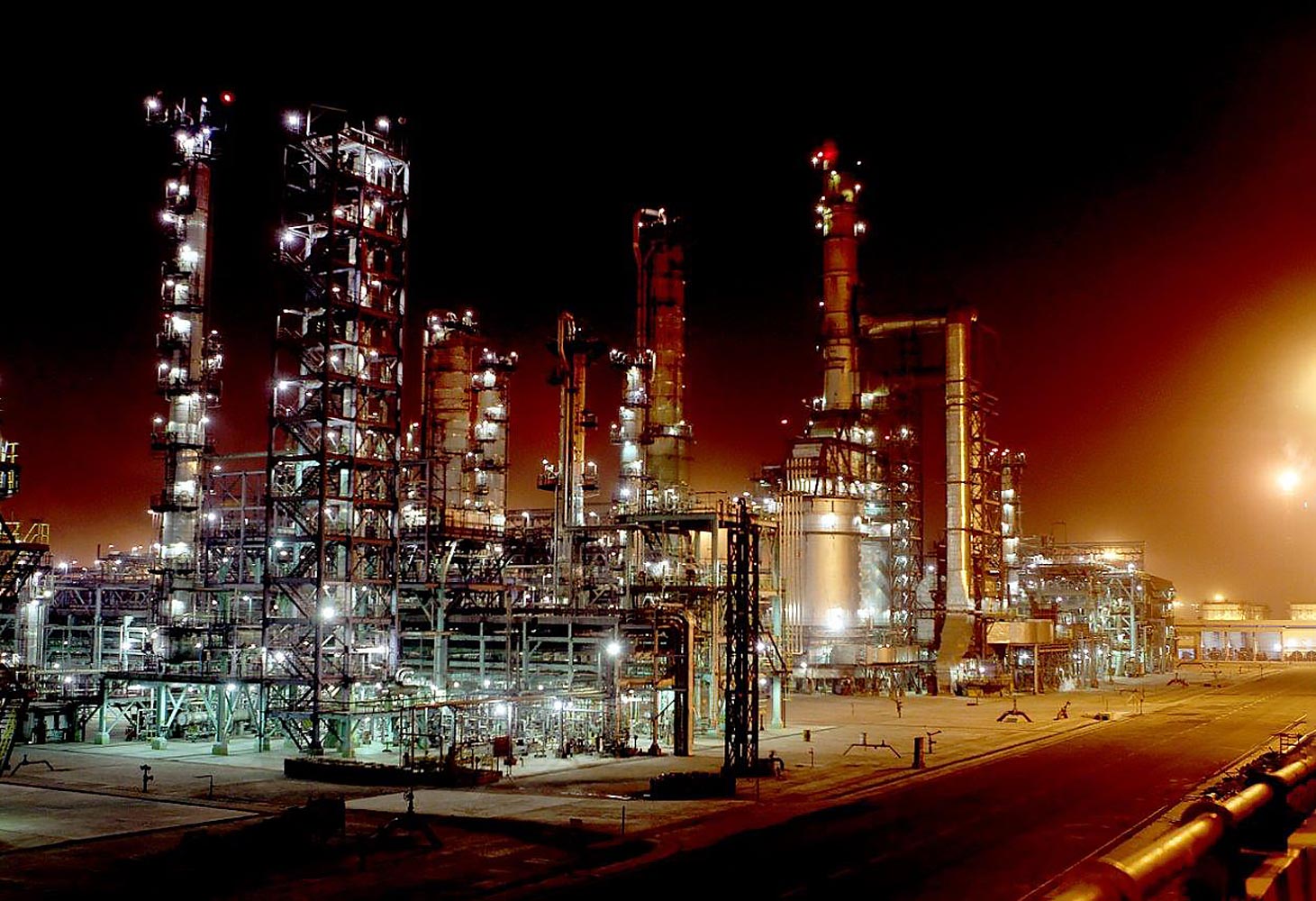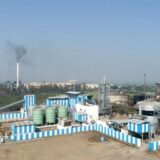
IOC to build green hydrogen plant at Mathura Refinery
Indian Oil Corp. (IOC) will build India’s first “green” hydrogen plant at its Mathura Refinery, located along the Delhi-Agra National Highway about 154 kilometres from Delhi.
Commissioned in 1982, the Mathura Refinery, IOC’s sixth refinery was buit to meet the demand for petroleum products in the north western region of India, which includes the National Capital Region. With the commissioning of the hydrocracker unit licensed from Chevron in July 2000, the capacity of Mathura Refinery was increased to 8 million metric tons per annum (MMTPA), from the original 6 MMTPA.
The Mathura Refinery was selected as the location for IOC’s and the country’s first green hydrogen plant due to its proximity to the Taj Trapezium Zone. Green hydrogen will replace carbon-emitting fuels that are currently being used in the refinery to process crude oil.
Indian Oil Corporation (IOC) has etched a strategic growth path that aims to focus on its core refining and fuel marketing businesses while making substantial inroads into petrochemicals, hydrogen and electric mobility over the next 10 years, said Shrikant Madhav Vaidya, IOC chairman. IOC plans to generate electricity for future refinery and petrochemical expansion projects from renewable sources like solar and wind power.
“We have a wind power project in Rajasthan. We intend to wheel that power to our Mathura Refinery and use that electricity to produce absolutely green hydrogen through electrolysis,” he added.
IOC’s refinery expansion plans include raising the capacity of units at Panipat in Haryana and Barauni in Bihar and setting up a new unit near Chennai.
“We are going to add 25 million tonnes of our refining capacity by the year 2023-24. We are 80.5 million tonnes now including CPCL, we are going to be 105 million tonnes,” he said.
Hydrogen, he said, would be a fuel of the future. IOC is planning to set up several hydrogen production units on a pilot basis. This includes a project at the Gujarat Refinery to produce hydrogen for fuel cell buses.
“Today, 50 buses in Delhi are being fueled by hydrogen-spiked compressed natural gas, or H-CNG, which has 18% hydrogen content,” he said. “About 15 fuel-cell-powered buses, with the fuel cells entirely India-made, are expected to ply in the second half of 2021. Since running these buses would require hydrogen, IOC is setting up a plant, whose capacity could be anywhere between 200 tonnes and 400 tonnes per day,” he added.













